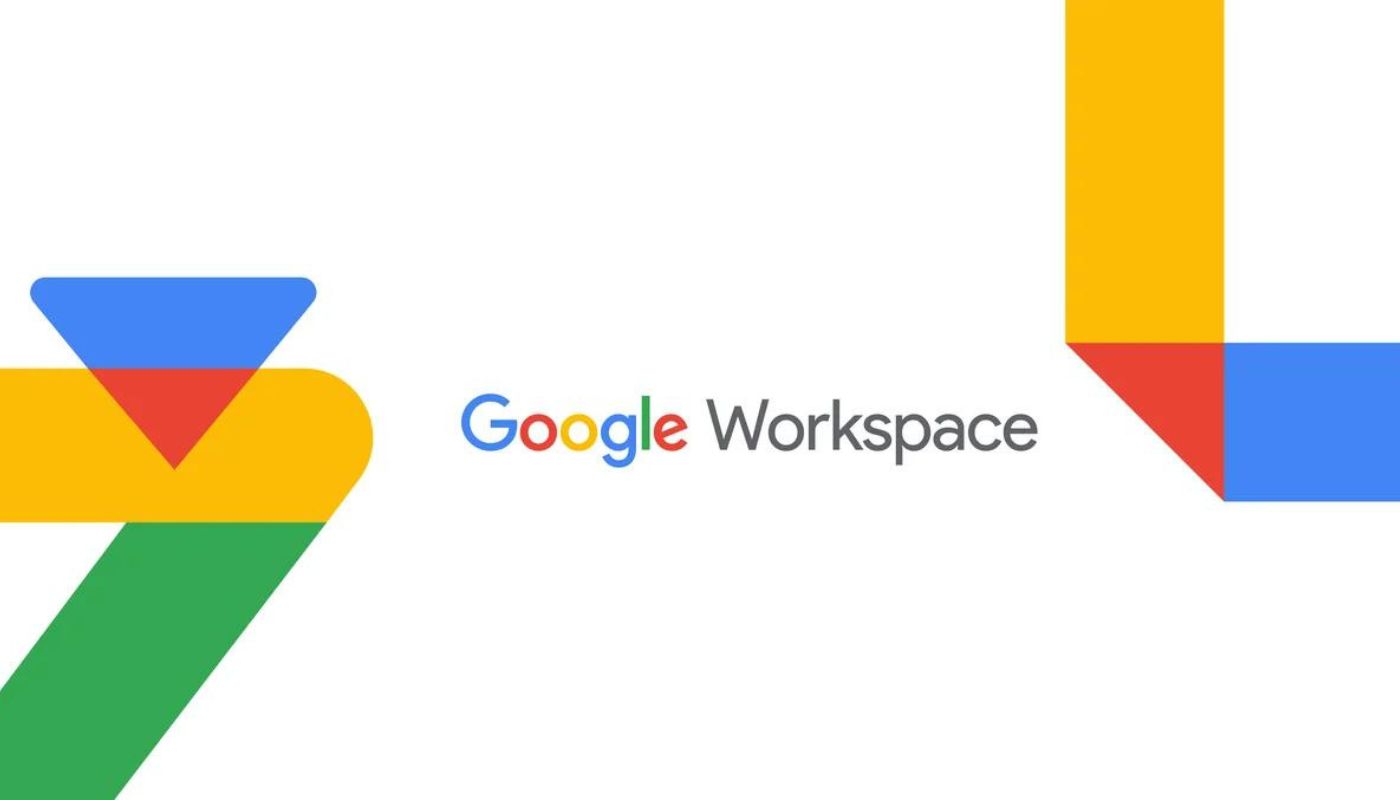
In the competitive world of start-ups, first impressions are everything. Whether you’re launching a new product, running a marketing campaign, or simply trying to grow your email list, your landing page is often the first point of contact with potential customers. A well-designed landing page can be a powerful tool that not only captures attention but also drives conversions, making it essential for your start-up’s success.
In this article, we’ll explore the key elements of an effective landing page, why it’s so important for start-ups, and how you can create one that boosts your business growth.
1. What is a Landing Page and Why Does It Matter?
A landing page is a standalone web page designed specifically to convert visitors into leads or customers. Unlike your website’s homepage, which serves multiple purposes, a landing page is focused on a single goal—whether that’s getting visitors to sign up for a newsletter, download an ebook, or purchase a product.
Key Points:
- Focused Objective: A landing page is designed with one clear objective, minimizing distractions and guiding visitors toward a specific action.
- Targeted Audience: Landing pages are typically tailored to a specific audience, making the content and design more relevant and compelling.
- High Conversion Potential: Because of its focused nature, a well-designed landing page can significantly boost your conversion rates, turning casual visitors into engaged leads or customers.
2. The Essential Elements of a Well-Designed Landing Page
To create a landing page that converts, it’s important to include key elements that work together to engage visitors and guide them toward your desired outcome.
a. Compelling Headline
Your headline is the first thing visitors see, so it needs to be clear, compelling, and relevant. It should immediately communicate the value proposition of your offer and encourage visitors to stay on the page.
b. Clear and Concise Copy
The text on your landing page should be straightforward and focused on the benefits of your offer. Avoid jargon and unnecessary information. Instead, use persuasive language that speaks directly to the needs and desires of your target audience.
c. Strong Call-to-Action (CTA)
Your CTA is the most critical part of your landing page. It should be prominently displayed, easy to understand, and action-oriented. Whether it’s “Sign Up Now,” “Get Started,” or “Download Free,” the CTA should make it clear what the visitor needs to do next.
d. Visual Appeal
Design plays a crucial role in the effectiveness of your landing page. Use high-quality images, videos, and graphics to support your message and create a visually engaging experience. Ensure that the design is clean, professional, and aligns with your brand identity.
e. Social Proof
Including testimonials, case studies, or logos of well-known clients can add credibility to your landing page. Social proof reassures visitors that others have benefited from your offer, making them more likely to take action.
f. Minimal Navigation
To keep visitors focused on the main goal, limit navigation options on your landing page. Removing the usual website menu and other links reduces distractions and increases the likelihood of conversion.
g. Mobile Optimization
With a significant portion of web traffic coming from mobile devices, it’s essential that your landing page is fully optimized for mobile. This means fast loading times, responsive design, and easy-to-click buttons.
3. Why Landing Pages are Crucial for Start-Ups
For start-ups, landing pages are particularly powerful because they offer a way to quickly test and validate ideas, capture leads, and drive growth.
a. Cost-Effective Lead Generation
Start-ups often operate on tight budgets, and landing pages offer a cost-effective way to generate leads. By driving targeted traffic to a landing page, you can efficiently capture potential customers’ information and nurture those leads over time.
b. Rapid Testing and Iteration
Landing pages are ideal for testing different marketing messages, offers, and designs. By running A/B tests, you can quickly determine what resonates most with your audience and optimize your landing pages accordingly.
c. Focused Marketing Campaigns
Whether you’re launching a new product or running a promotional campaign, landing pages allow you to create targeted marketing efforts. This focus increases the effectiveness of your campaigns, leading to higher conversion rates.
d. Building Your Email List
Growing an email list is vital for start-ups looking to build a relationship with potential customers. Landing pages designed to capture email addresses through lead magnets (such as ebooks, webinars, or free trials) are an excellent way to build a valuable email database.
e. Driving Sales and Revenue
A well-designed landing page can directly drive sales, especially when linked to specific marketing campaigns. By removing distractions and focusing on the benefits of your offer, landing pages can significantly increase the likelihood of a purchase.
4. Best Practices for Creating High-Converting Landing Pages
To maximize the effectiveness of your landing pages, follow these best practices:
a. Keep It Simple
Simplicity is key when it comes to landing page design. Avoid clutter and keep the focus on the core message. The more straightforward your landing page, the easier it is for visitors to understand your offer and take action.
b. Use Urgency and Scarcity
Creating a sense of urge
ncy or scarcity can motivate visitors to act quickly. Phrases like “Limited Time Offer” or “Only a Few Spots Left” can encourage immediate action.
c. Leverage Analytics
Use tools like Google Analytics or dedicated landing page software to track performance metrics such as conversion rates, bounce rates, and time on page. Analyzing this data can help you make informed decisions and continuously improve your landing page performance.
d. Optimize for Speed
Slow-loading pages can hurt your conversion rates. Ensure that your landing page is optimized for speed by compressing images, minimizing code, and using a reliable hosting provider.
e. Align Your Ad Copy with Your Landing Page
If you’re driving traffic to your landing page through ads, make sure the messaging in your ads aligns with the content on your landing page. This consistency helps to reinforce your message and reduce bounce rates.
Conclusion
For start-ups looking to make a big impact with limited resources, a well-designed landing page is one of the most powerful tools in your marketing arsenal. By focusing on clear objectives, compelling design, and targeted messaging, you can create landing pages that not only attract visitors but also convert them into loyal customers.
Investing time and effort into optimizing your landing pages can yield significant returns, helping you to grow your email list, drive sales, and ultimately achieve start-up success. As you continue to build and refine your landing pages, remember to test different elements, analyze performance data, and iterate on your designs to ensure you’re getting the best possible results.
In a world where attention spans are short and competition is fierce, a well-crafted landing page can be the difference between a visitor who bounces and a customer who converts.








